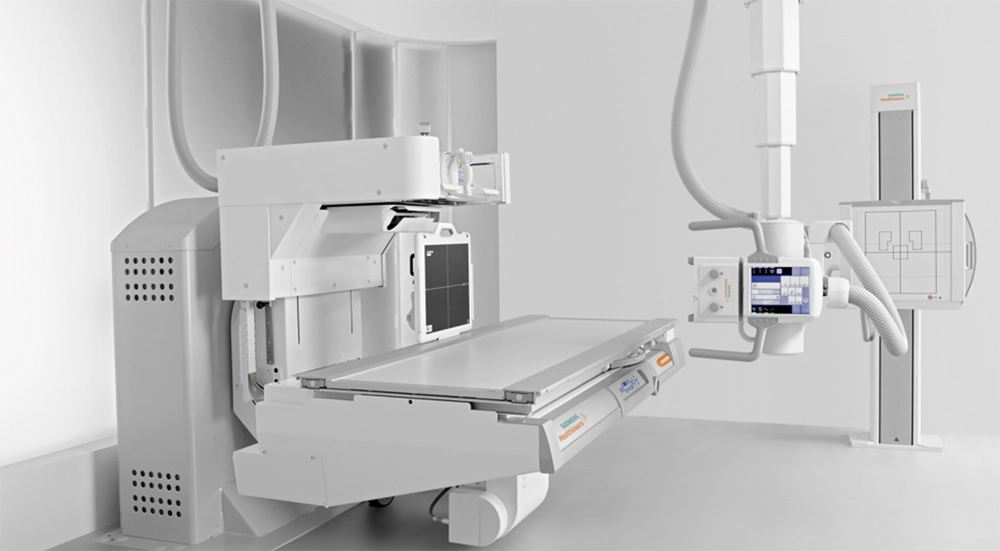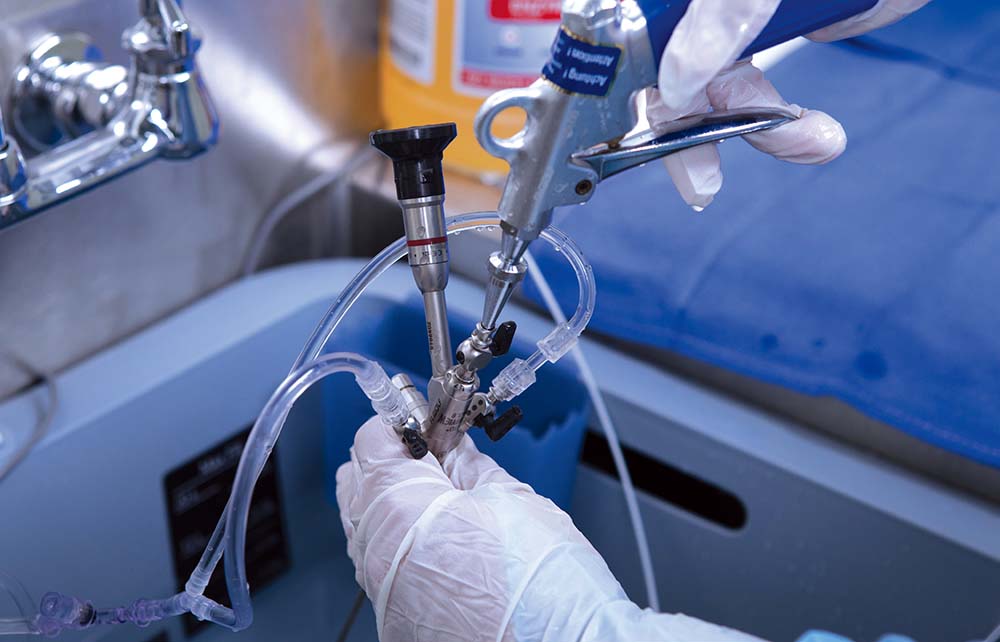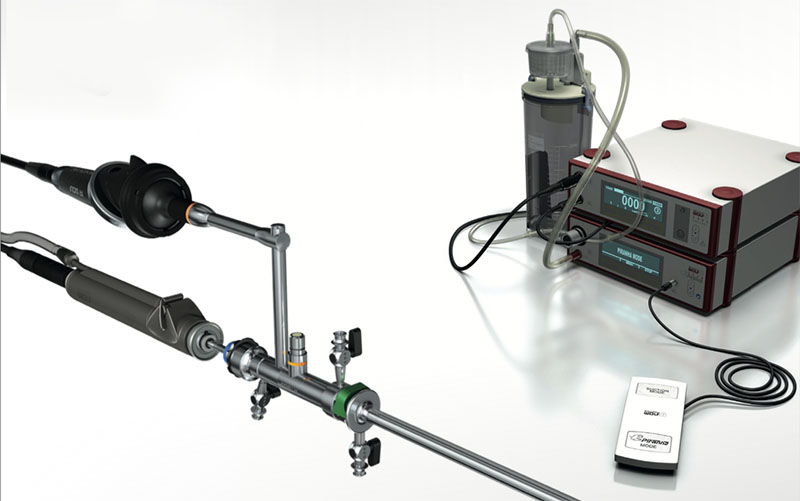Introduction
X-ray machines are essential diagnostic tools used in medical facilities, veterinary clinics, and industrial settings. Whether you’re a healthcare professional or an organization looking to invest in an X-ray machine, it’s crucial to understand the critical considerations before purchasing. This buying guide provides the information you need to decide when selecting an X-ray machine that meets your requirements.
Know Your Needs Clearly
Start by checking your specific medical needs and requirements regarding X-ray machines. Consider the machine’s intended application, whether it’s medical imaging, veterinary diagnostics, or industrial testing. Identify the types of exams or procedures you will perform, the patient or specimen size range, and the desired imaging quality.
Type of X-ray Machine
Different X-ray machines are available, each suited for specific applications. Common types include:
Fixed X-ray Machines: These are permanently installed systems commonly found in hospitals and medical clinics. They provide high-quality imaging and offer a wide range of functionalities.
Portable X-ray Machines: Portable X-ray machines are compact and lightweight, ideal for mobile healthcare services or facilities with limited space. They provide flexibility in positioning and are often battery-powered for convenient use in different locations.
Dental X-ray Machines: Designed specifically for dental clinics, these machines capture detailed images of the oral cavity, teeth, and jaw.
Veterinary X-ray Machines: These machines are tailored for veterinary clinics and accommodate different animal sizes. They consider the unique challenges and anatomical variations found in veterinary medicine.
Imaging Capabilities
Evaluate the X-ray machine’s imaging capabilities. Consider factors such as image quality, resolution, contrast, and the ability to capture fine details. If required, look for features like digital imaging, image enhancement algorithms, and the availability of specialized imaging modes (e.g., fluoroscopy or angiography).
System Features and Accessories
Pay attention to the features and accessories offered by the X-ray machine. Some important considerations include:
Control Panel: User-friendly interface, intuitive controls, and customization options for exposure settings.
Image Processing Software: Robust software for image capture, storage, retrieval, and manipulation. Look for compatibility with Picture Archiving and Communication Systems (PACS) for efficient image management.
Safety Features: Radiation protection measures, collimation devices, and shielding to ensure the safety of patients, operators, and bystanders.
Accessories: Evaluate the availability of accessories like specialized X-ray grids, patient positioning aids, cassette holders, and digital detectors.
Maintenance and After-Sales Service
Consider the maintenance requirements and quick technical support. Look for reliable manufacturers or suppliers that offer warranty coverage, preventive maintenance plans, and prompt customer support.
Budget
Be sure about your budget and consider the overall cost of the X-ray machine, including installation, training, maintenance, and potential upgrades. Balance your budgetary constraints with the desired features and functionalities.
Conclusion
Investing in an X-ray machine requires careful consideration of your needs, regulatory compliance, imaging capabilities, system features, and budget constraints. By conducting thorough research, consulting experts, and evaluating different models, you can make a decision that meets your requirements while ensuring the highest quality of diagnostics and patient care. Remember to prioritize safety, regulatory compliance, and long-term service and support when selecting an X-ray machine for your organization.



